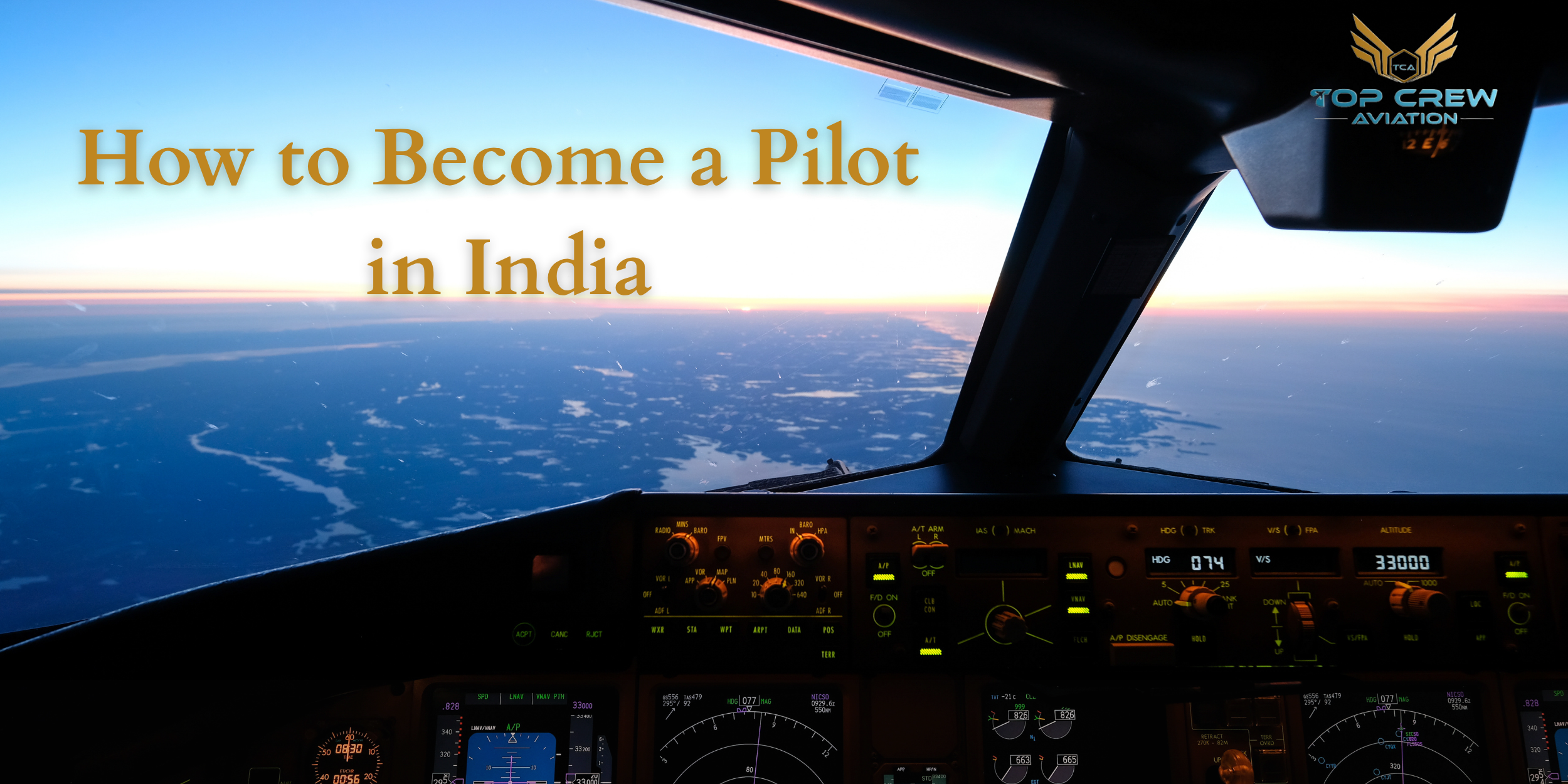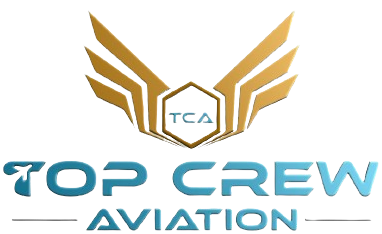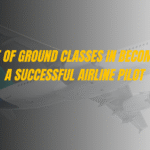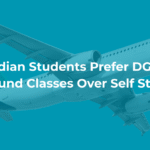
Becoming a pilot in India is a dream that many young students carry in their hearts. The profession offers the thrill of flying aircraft, the opportunity to travel across the globe, and the pride of wearing a uniform that commands respect. It is a career filled with challenges, responsibilities, and unmatched excitement. But how does one become a pilot in India?
In this blog, we will walk you through every step of the journey, from education and training to licenses, exams, and even salaries. Whether your goal is to become a commercial airline pilot or a fighter pilot in the Indian Air Force, this guide will help you understand the entire process in simple and easy-to-follow language.
Who Is a Pilot and What Do They Do?
A pilot is a trained individual who flies and navigates different types of aircraft, such as airplanes, helicopters, and even fighter jets. Pilots are not only responsible for flying the plane from one place to another but also ensuring the safety of passengers, crew members, and cargo.
Their duties involve more than just handling the controls. They check the weather before flights, inspect aircraft systems, confirm flight plans, monitor fuel levels, communicate with air traffic controllers, and make decisions in emergencies. Pilots play a crucial role in the aviation industry and are expected to be highly skilled, calm under pressure, and medically fit.
Two Main Paths to Becoming a Pilot in India
In India, there are two major routes to becoming a pilot:
- Civil Aviation (Commercial Pilot)
- Indian Air Force (Military Pilot)
Both career paths require hard work, training, and commitment. However, the selection criteria, licenses, exams, and job roles are different in each path. It’s important to choose the one that matches your interests and long-term career goals.
Civil Aviation Pilot
This path leads to becoming a commercial pilot who works for airlines, charter companies, cargo transporters, or private aviation services. These pilots fly passenger planes, cargo aircraft, and helicopters and perform various roles like air ambulance, VIP transport, and more. This path is ideal for those who want to work in the private sector and explore international opportunities.
Indian Air Force Pilot
This route allows you to serve the nation by joining the Indian Defence Forces. As a fighter pilot or transport pilot in the Indian Air Force (IAF), you may fly aircraft like fighter jets, bombers, surveillance planes, and military helicopters. It’s a highly prestigious and disciplined career path that offers adventure, patriotism, and security.
Step 1: Fulfill the Educational Qualification
No matter which path you choose, the first and most important requirement is your educational background.
- You must complete 10+2 (Senior Secondary) with Physics and Mathematics as compulsory subjects from a recognized board.
- If you didn’t take Physics or Mathematics in school, you can complete these subjects through NIOS (National Institute of Open Schooling) or any DGCA-recognized open learning institution.
- A good score in these subjects is important, especially if you plan to appear for competitive exams like NDA or AFCAT.
Step 2: Choose the Right Career Path (Civil or Military)
Once you meet the educational eligibility, the next step is to decide whether you want to go for a civilian route (commercial pilot) or a military route (air force pilot). Each path has its own unique training programs, license requirements, and job responsibilities.
Civil Aviation (Commercial Pilot)
In this path, you will eventually work for airlines or private aviation companies. You will be flying passenger planes or cargo jets within India and abroad. You will need to complete professional flight training, get certified by the Directorate General of Civil Aviation (DGCA), and log flying hours.
Indian Air Force (Fighter Pilot)
If you are passionate about protecting the country and flying fighter aircraft, the Indian Air Force offers multiple entry points. You can join after Class 12 through NDA or after graduation through CDSE, AFCAT, or NCC special entry. You’ll undergo military training, flight instruction, and officer development.
Step 3: Join a DGCA-approved flying School (Civil Route)
To become a commercial pilot in India, you must enroll in a DGCA-recognized flying school. These institutes provide ground school instruction and hands-on flight training under the supervision of experienced instructors.
What You’ll Learn:
- Air regulations
- Aviation meteorology
- Aircraft instruments and controls
- Radio communication
- Air navigation
- Emergency procedures
Flight Training:
You’ll practice flying under different conditions — solo flights, dual control flights, cross-country flying, night flying, and more. You’ll also learn to operate flight simulators and understand cockpit systems.
Popular DGCA-Approved Flying Schools in India
Selecting the right academy is a key milestone in your pilot journey. It’s important to choose a flying school that is DGCA-recognized, equipped with reliable aircraft, experienced instructors, and strong student support.
Here are some of the most trusted training institutions across India:
- Top Crew Aviation (Jaipur, Rajasthan)—A rapidly growing aviation academy founded in 2008, offering comprehensive pilot and cabin crew training, and boasting a 97% pass rate in DGCA exams. They also provide scholarships up to ₹10 lakh, hostel facilities, placement support, and training networks in India, the USA, South Africa, and Europe.
- Indira Gandhi Institute of Aeronautics (Chandigarh)—Known for its solid training programs in both flying and technical aviation theory.
- Indira Gandhi Rashtriya Uran Akademi (IGRUA, Rae Bareli, UP)—Often referred to as the “IIT of aviation,” IGRUA is a government-run academy that offers CPL training and a concurrent B.Sc. degree in aviation.
- Bombay Flying Club (Mumbai, Maharashtra)—India’s oldest flying club, established in 1928 and offering DGCA-approved pilot training, recognized for its legacy and affiliation with the University of Mumbai.
- Gujarat Flying Club (Vadodara, Gujarat)—A DGCA-approved flying training organization offering steady flying schedules in a quieter training environment.
Why Top Crew Aviation Stands Out
Top Crew Aviation (TCA) has distinguished itself in pilot training by offering:
Exceptional results and support, including a 97% DGCA exam pass rate, 100% placement assistance, loan guidance, lifetime career mentoring, and personalized uniforms for students.
Highly structured DGCA ground and flight training with CPL, ATPL theory, RTR(A), cadet pilot prep, and international flight training options in India, the USA, and South Africa.
Scholarships and financial support up to ₹10 lakh to help aspiring pilots overcome financial barriers.
Modern training infrastructure including simulators, updated course material, and hostel/PG accommodations with meals for offline students.
Step 4: Get Your Pilot Licenses
To legally fly an aircraft in India, you must hold a valid pilot’s license issued by the DGCA. Each license is granted based on your age, flying hours, medical fitness, and performance in exams.
Types of Licenses:
License Minimum Age Details
- Student Pilot License (SPL) 16 years. The first step to learn to fly. No experience required.
- Private Pilot License (PPL) 17 years. Allows you to fly private aircraft: no salary or commercial use.
- Commercial Pilot License (CPL) 18 years Required to work as a professional pilot. Needs at least 200 flying hours.
- Airline Transport Pilot License (ATPL) 21 years Highest license. Needed for airline captain jobs. Requires 1500+ hours of experience.
Step 5: Clear Required Exams and Interviews
Each license and training level includes written exams, flying tests, and oral assessments. These exams are crucial to test your knowledge of aviation, safety, aircraft systems, and regulations.
For Civil Aviation Pilots:
- SPL: Oral test by your flying school
- PPL: Written exams on navigation, meteorology, air regulations, aircraft systems
- CPL: Advanced DGCA exams covering multiple subjects, including radiotelephony, flight performance, and technical knowledge
For Air Force Pilots:
- NDA Exam (after 12th): Includes Maths and General Ability Test (GAT)
- CDSE Exam (after graduation): English, GK, and Math sections
- AFCAT Exam: Includes military aptitude, reasoning, numerical ability, and English
- NCC Special Entry: Direct SSB interview for Air Wing ‘C’ Certificate holders
After clearing the written exams, all candidates must pass the SSB (Service Selection Board) interview, Pilot Aptitude Battery Test (PABT), and psychological evaluations.
Step 6: Log Required Flying Hours
To get your CPL or ATPL, it is essential to log a minimum number of flying hours:
CPL (Commercial Pilot License): At least 200 hours of flying time, including:
- 100 hours as Pilot-in-Command (PIC)
- 50 hours of cross-country flying
- 10 hours of night flying
- 5 hours of instrument flying
ATPL (Airline Transport Pilot License): Requires 1500+ hours, usually gained while working as a co-pilot or first officer.
Every hour you log should be recorded in a certified pilot logbook and verified by your flying instructor.
Step 7: Undergo Medical Examinations
Medical fitness is a key requirement to become a pilot. You must be both physically and mentally fit to operate an aircraft.
Civil Aviation Requirements:
- Class 2 Medical: Needed for SPL and PPL
- Class 1 Medical: Mandatory for CPL and ATPL
- Conducted at DGCA-approved hospitals like Nanavati Hospital (Mumbai), Apollo Clinic (Delhi), etc.
Indian Air Force Requirements:
- Minimum height: 152 cm
- Eye vision: 6/6 and 6/9 (correctable)
- Body weight must be proportionate to height
- Must pass rigorous fitness tests at the IAF medical board
If you have conditions like epilepsy, color blindness, or severe asthma, you may be disqualified.
Step 8: Salary of Pilots in India
Pilot salaries in India depend on experience, the type of aircraft, and the employer. As you gain more flying hours and seniority, your income also increases significantly.
Pilot Role Monthly Salary Range
- Commercial Pilot ₹1.5 – ₹5 lakh
- Co-Pilot (Airlines) ₹1 – ₹2 lakh
- Flight Instructor ₹70,000 – ₹1.5 lakh
- Drone Pilot ₹40,000 – ₹1 lakh
- Air Force Pilot ₹60,000 – ₹2 lakh
Senior airline captains can earn ₹6 to ₹10 lakh per month, especially on international routes.
Tips to Become a Successful Pilot
- Choose an approved flying school: Always train at DGCA-recognized academies.
- Work on communication: English fluency is crucial in aviation worldwide.
- Stay disciplined: Punctuality and responsibility are core to a pilot’s life.
- Improve fitness: Regular exercise helps you meet strict medical standards.
- Develop mental strength: Stay calm in emergencies and make decisions under pressure.
- Continue learning: Aviation rules and technologies keep changing — keep up-to-date.
Final Thoughts
Becoming a pilot in India is not easy, but it is possible if you are committed. It takes hard work, financial planning, consistent learning, and the courage to face challenges. Whether you aim to soar through the skies in a commercial aircraft or guard the nation’s borders in a fighter jet, your journey begins with the first step — deciding to chase your dream.
With proper guidance, training, and passion, you can turn your dream of flying into a successful and fulfilling career.
Frequently Asked Questions
No FAQs found.



